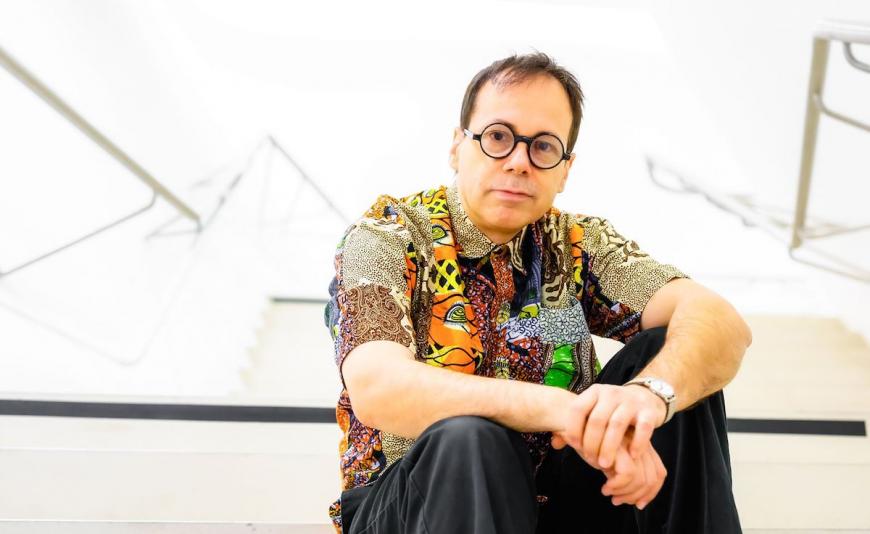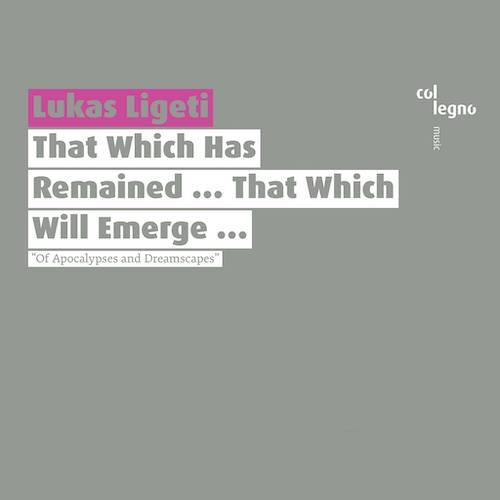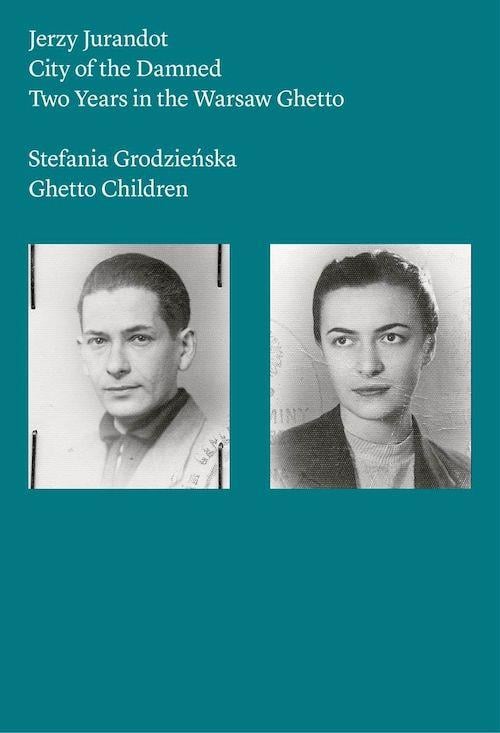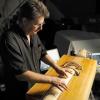
That Which Has Remained ... That Which Will Emerge is an ambitious and arresting studio recording, capturing a 2015 installation by composer Lukas Ligeti for his residency at the Museum for the History of Polish Jews in Warsaw. The work encompasses interviews with several participants about Jewish life in Poland and is dedicated to the memory of Holocaust survivor Henryk Prajs, whose voice is featured prominently throughout.

A selection of local musicians responded to the individual mixes of the recorded interviews by improvising as well as following notated sections; Ligeti himself served as a conductor of sorts, using the marimba lumina, an electronic instrument designed by the late Bay Area inventor Don Buchla, as a controller for the audio that was fed to each musician’s monitoring headphones.
The sonorous result tends toward the simultaneous, heterophonic sounding of self-similar lines, much like one would hear in certain Jewish liturgical settings. A pair of stark bass-drum strokes bookend the opening section, and after the initial confusion caused by amassed voices, you start to pick up tendrils, melodic echoes in the instruments, threads to follow and lose in the swirling sound. As all of the participants were asked to sing songs, fragments of Yiddish songs (both recognizable and not) appear and are commented upon by the musicians, recur and disappear like memories or dreams, only to come back into focus at a later time.

Among the textual sources there are also Polish- and English-language excerpts from Jerzy Jurandot’s Warsaw Ghetto memoir City of the Damned, which was recently published by the Museum upon the passing of the author’s widow, Stefania Grodzieńska. Like the interviews, these excerpts are not always fully intelligible — the English translation is shadowed by instrumental lines that copy the rhythmic scansion of the text — but enough emerges to imbue the music with the gravitas of history. Eventually the instruments break into a loosely polyphonic section, aptly titled Elusive Counterpoint. The ensemble balances admirably between clarity and chaos, energy and stasis, at times erupting with convincing communal freedom. Elsewhere there are more rarefied atmospheres, as in the opening of track five, Andenk an Belz ... in the papers, she was Polish, which underscores reverberant cantillation with delicate kalimba filigrees.
The last section features a commentary on the meaning of the lyrics of the song “Oyfn Veg Shteyt a Boym” (On the Road Stands a Tree) once again presented heterophonically between the original interviewee and the soprano, who elaborates both rhythmically and melodically. In the original song, a child asks his mother for permission to become a bird, so that he could console a lonely tree that had been forsaken by all others. Ultimately the child is incapable of completing his metamorphosis, recognizing the pain it would cause to his own mother. When the main refrain of the song — a bouncy, melancholy thing — returns in another interviewer’s voice, the soprano promptly accompanies it in loose synchronization, effectively linking memory, culture, and community through the musical moment. Rather than lulling us into easy complacency, however, the piece ends without adornment: collaged interviewees repeat the words “Polish Jew” before lapsing into silence, seemingly reminding the listener of the moral imperative to remember.




